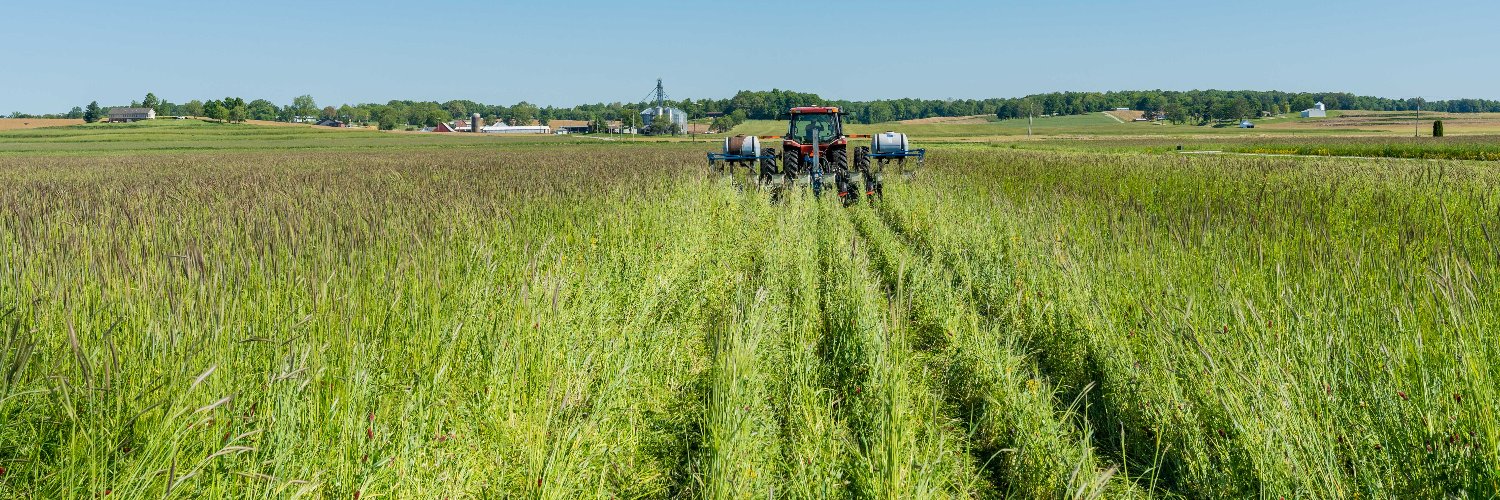
Natural Resources Conservation Service
@USDA_NRCS
We're USDA's Natural Resources Conservation Service. Let's boost your farm or ranch's bottom line through conservation. RTs/follows ≠ endorsement.
Since our founding on April 27, 1935, as the Soil Conservation Service, we've committed to helping people help the land. Today and into the future, we're committed to continuing that legacy by helping farmers, ranchers and forest landowners conserve air, water, soil, and habitat.
Some of the most powerful conservation happens quietly on land that’s protected not just for today, but for generations to come. ACEP protects working lands, wetlands, and wildlife habitat while keeping the land in production and in the family. nrcs.usda.gov/programs-initi…
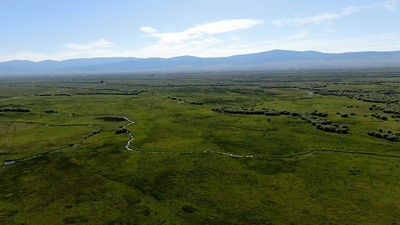
We're in the field helping with recovery from the recent Texas floods. We deployed 22 emergency Starlink devices within 48hrs to all responding counties, as well as our engineering teams, to ensure connectivity and uninterrupted service to our farmers, ranchers, and communities.

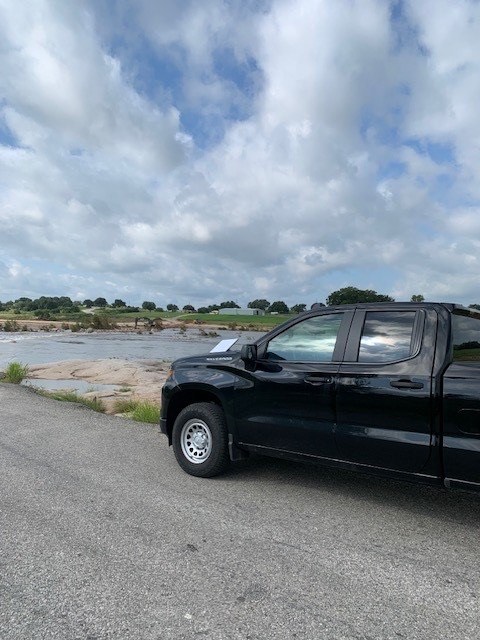
Rotating crops and increasing the biodiversity in your fields can help prevent disease and pest problems. Using cover crops and increasing diversity within crop rotations improves soil health and soil function, reduces costs, and increases profitability. nrcs.usda.gov/conservation-b…

The power of erosion is evident in this photo from 1934 in Columbia County, Washington. #NRCS90
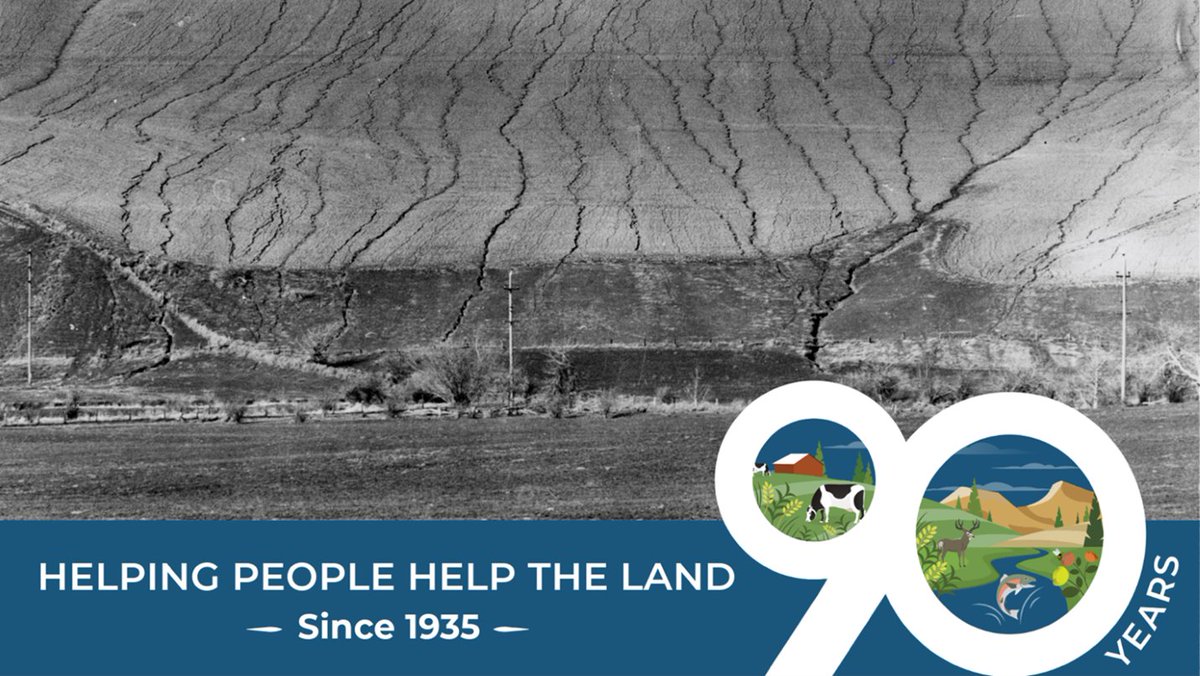
European honeybees get a lot of buzz, but native pollinators are estimated to pollinate 75% of flowering plants around the world. Did you know more than 3,500 species of native bees help increase crop yields?

Hey classroom teachers and homeschooling parents, are you looking for new material to include in your science curriculum? How about some soil science? We’ve got educational resources to help make it easy. nrcs.usda.gov/resources/educ…
Chief was on the ground in Kansas where she visited Mushrush Ranches, a multi-generation grass-based ranching operation. They used NRCS assistance to combat woody encroachment and rotational grazing to improve the health and weight gain of their herd. nrcs.usda.gov/our-agency/new…
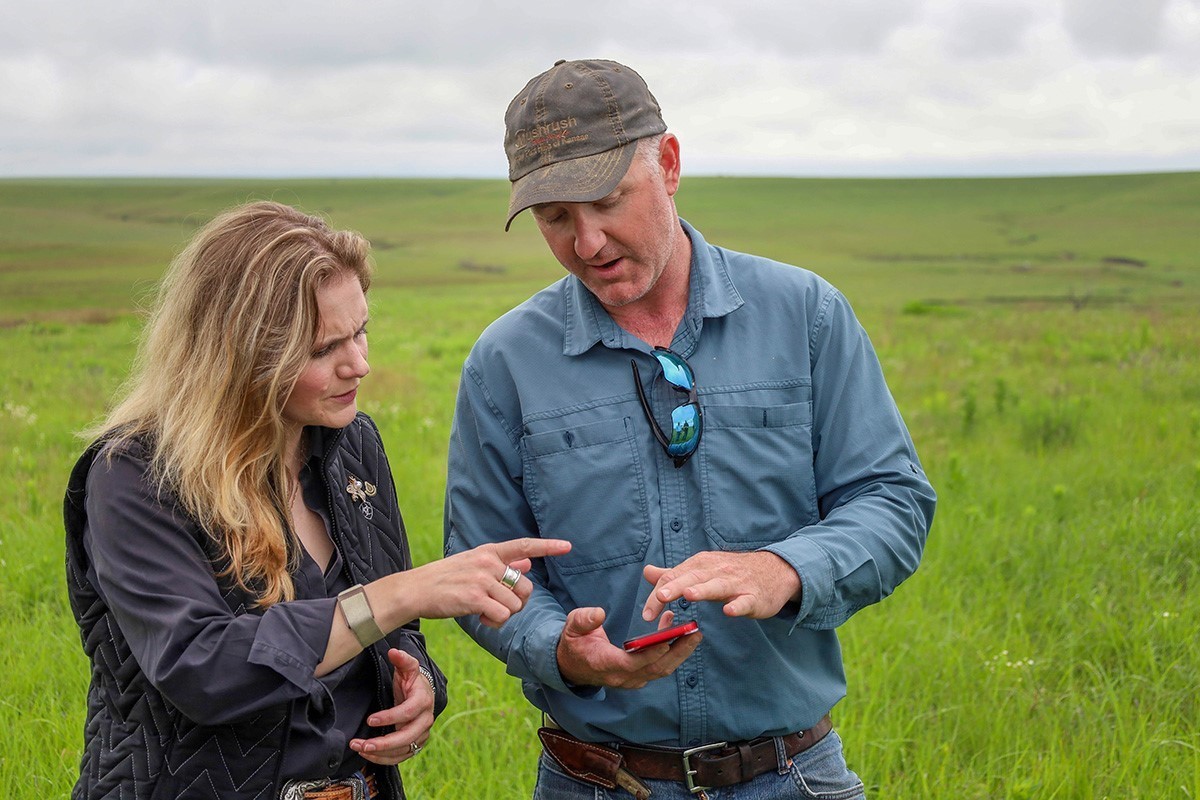
For 90 years, we've been focused on the farmer. Through one-on-one, personalized advice, we work with producers and communities to find the best solutions to meet their unique conservation and business goals. This is a photo of us working with a landowner (on left) in the 80’s.
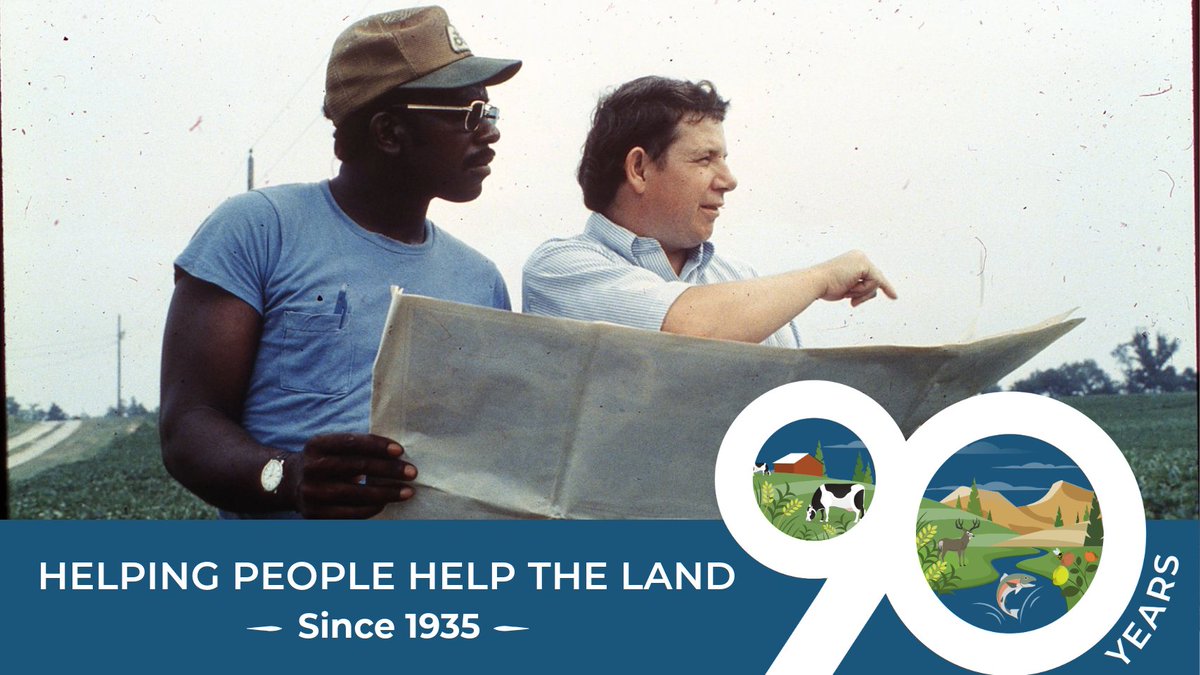
It’s National Ice Cream Day, so which state scoops it best? 🥇 🍦 Alabama with butter pecan? 🍓 Oregon and berry bliss? 🥛 Wisconsin’s dairy dream team? 🌿 Utah’s blue mint magic? No matter who wins the flavor fight, conservation is the real MVP. 🏆🍨

Key to our 90-year history was the establishment of the conservation planning process by Hugh Hammond Bennett. Many of his ideas and principles about its critical role have withstood the test of time and still greatly inform our work today. nrcs.usda.gov/our-agency/new…

Behold: the modest dung beetle. It breaks down 💩 and returns nutrients to the soil. This can reduce the survival rates of flies, nematodes and parasites that can impact livestock, and can increase soil water infiltration, holding capacity, nutrient cycling, and organic matter.
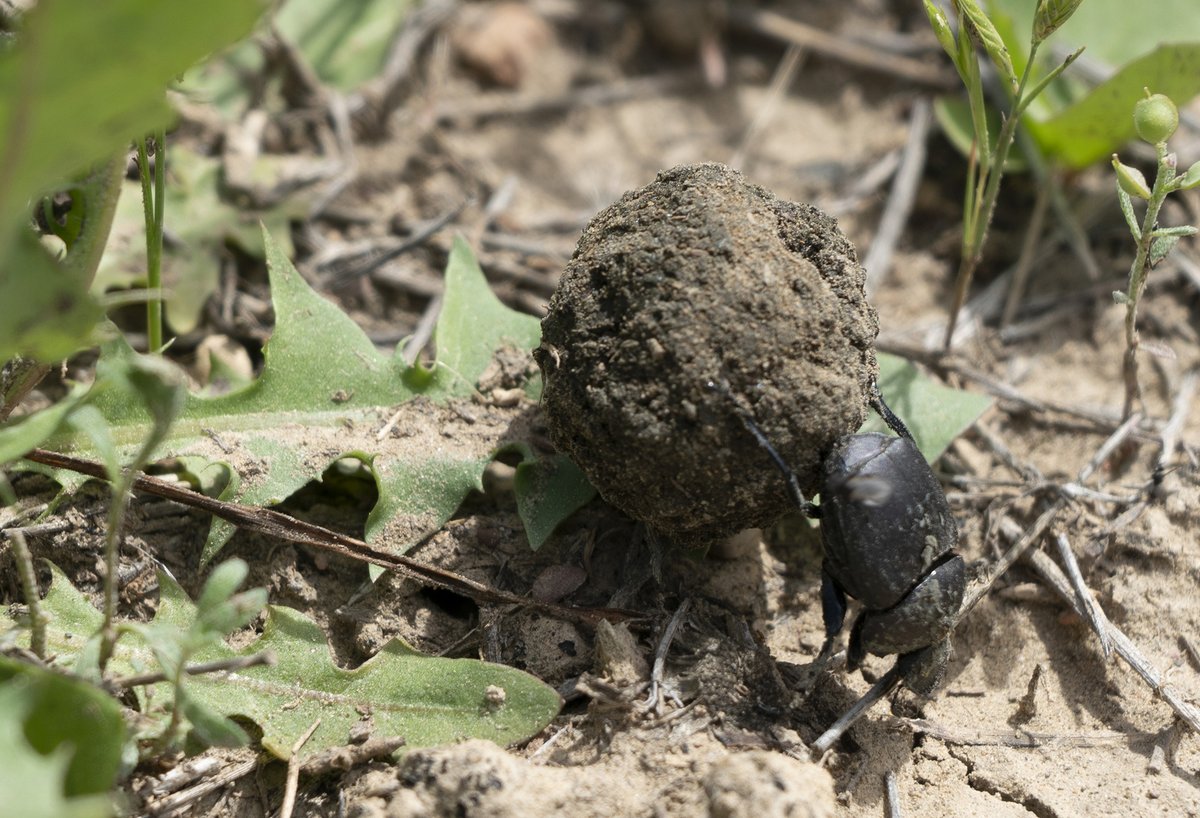
In Oklahoma, we've authorized Sallisaw Creek dam sites #13 and #19 for rehabilitation to bring them up to current performance and design criteria, ensuring they continue to safely mitigate flooding, safe lives and protect property. More: nrcs.usda.gov/state-offices/…
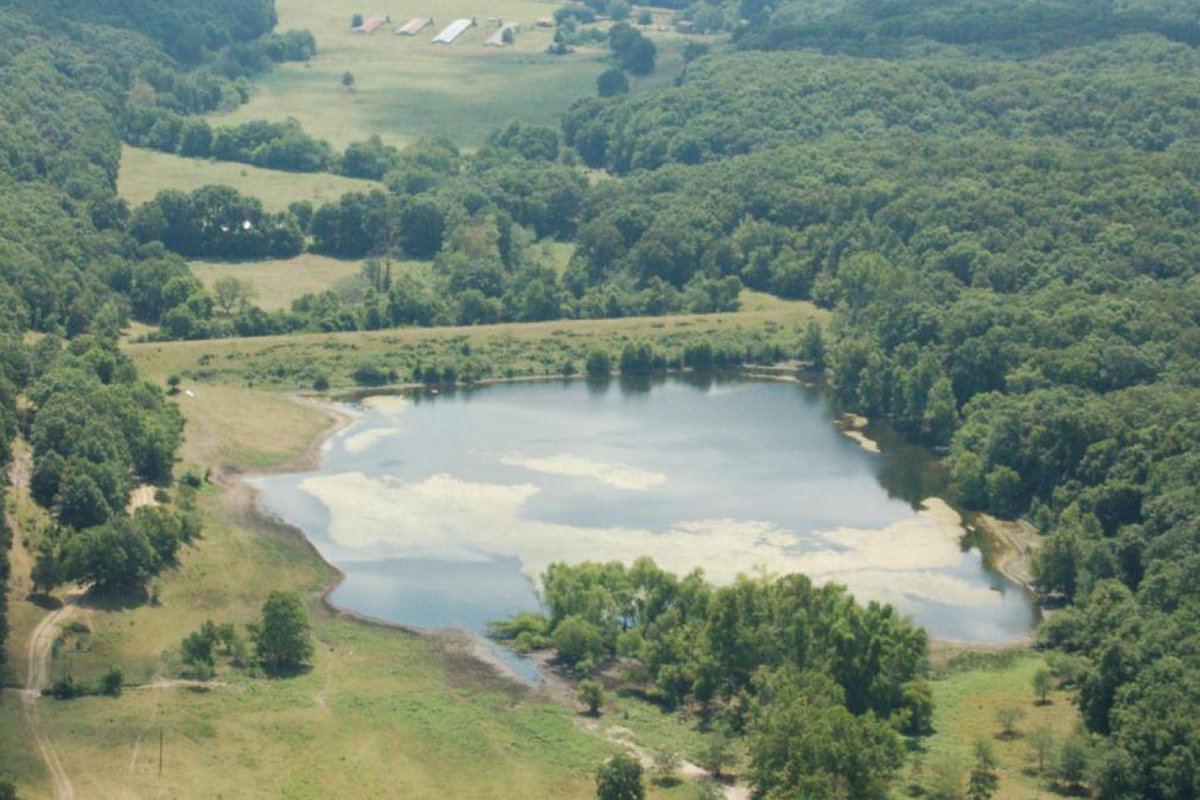

Nursery producers should join the @usdaRMA informational workshop on Aug. 7th to learn about the Nursery Value Select (NVS) pilot program. Details: rma.usda.gov/news-events/ev…
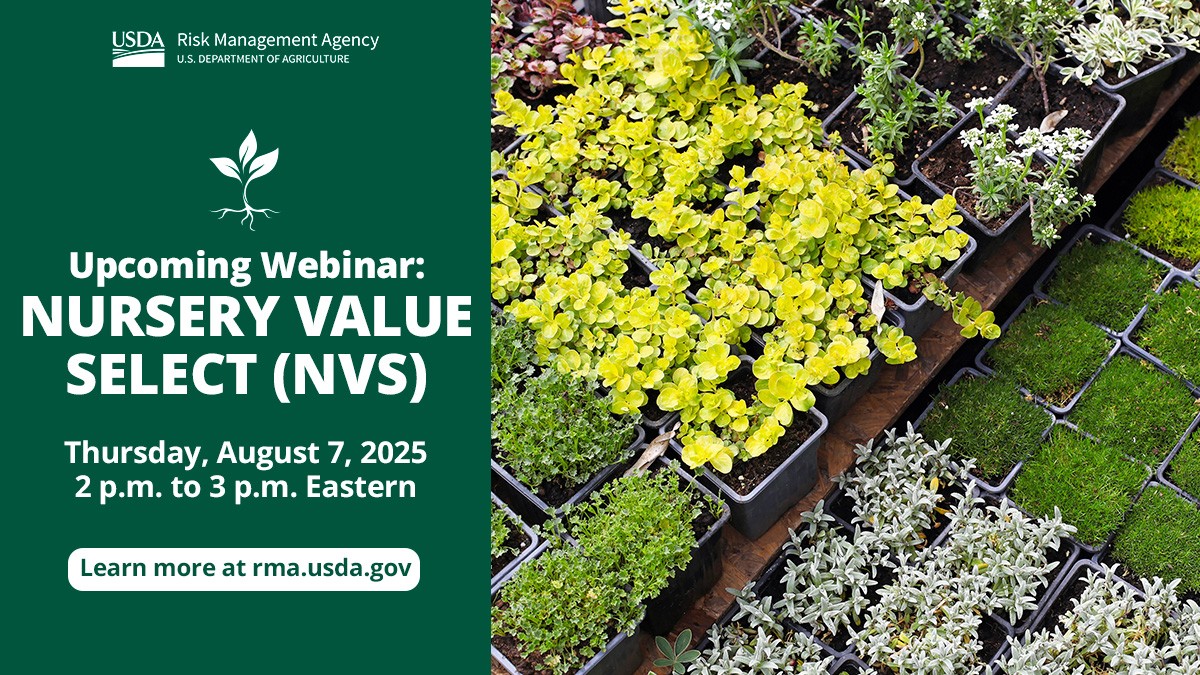
The (literal) lengths one will go to take a soil sample! Seen here in March 1921, A.T. Sweet takes samples in a piedmont gully in Carroll County, GA. Photo: Helms Collection, Special Collections, National Agricultural Library, Greenbelt MD.
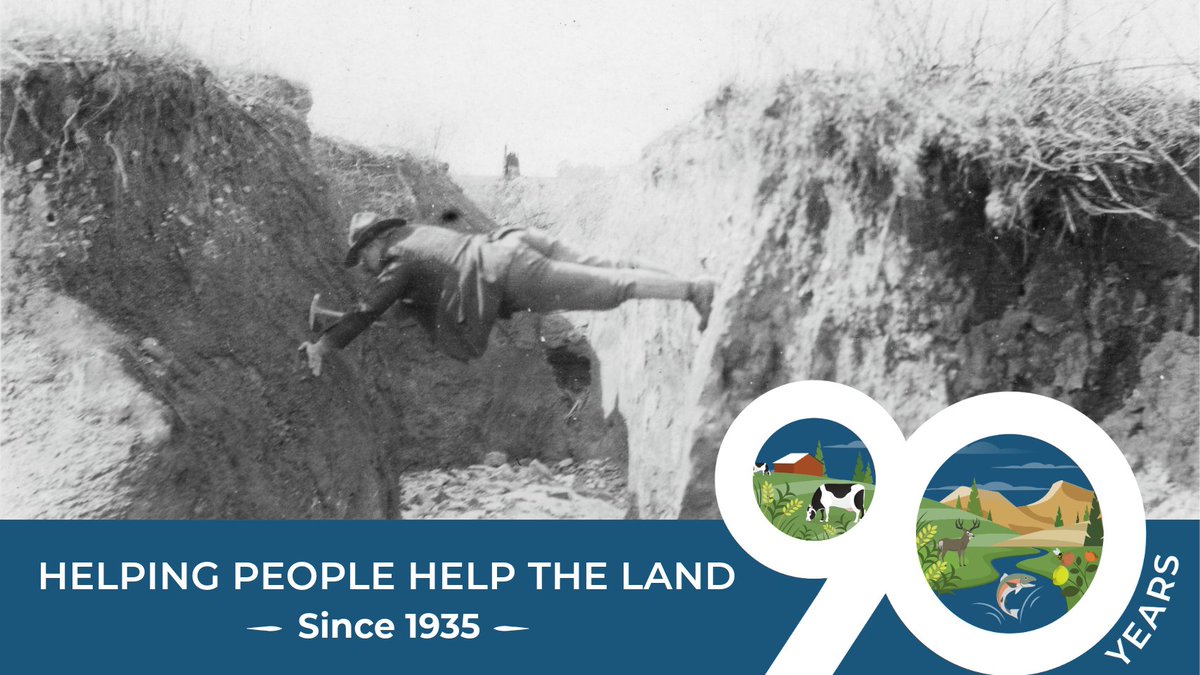
It Takes a Village is a nearly 3-acre non-profit farm outside Chicago that opened in response to the last grocery store closing in the community in 2019. We helped them get a high tunnel to expand the growing season, providing over 2,000 people annually with fresh, healthy food.
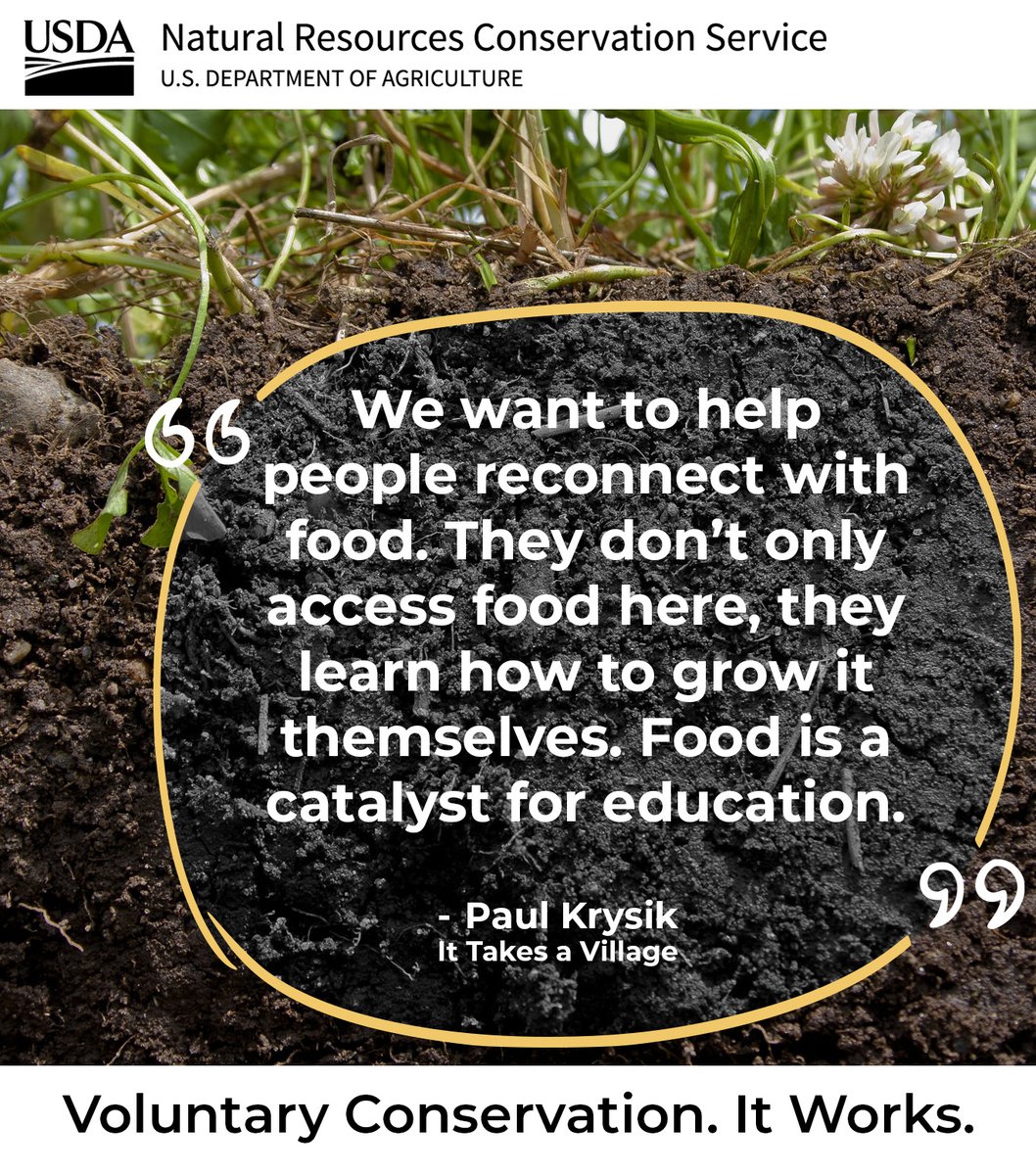
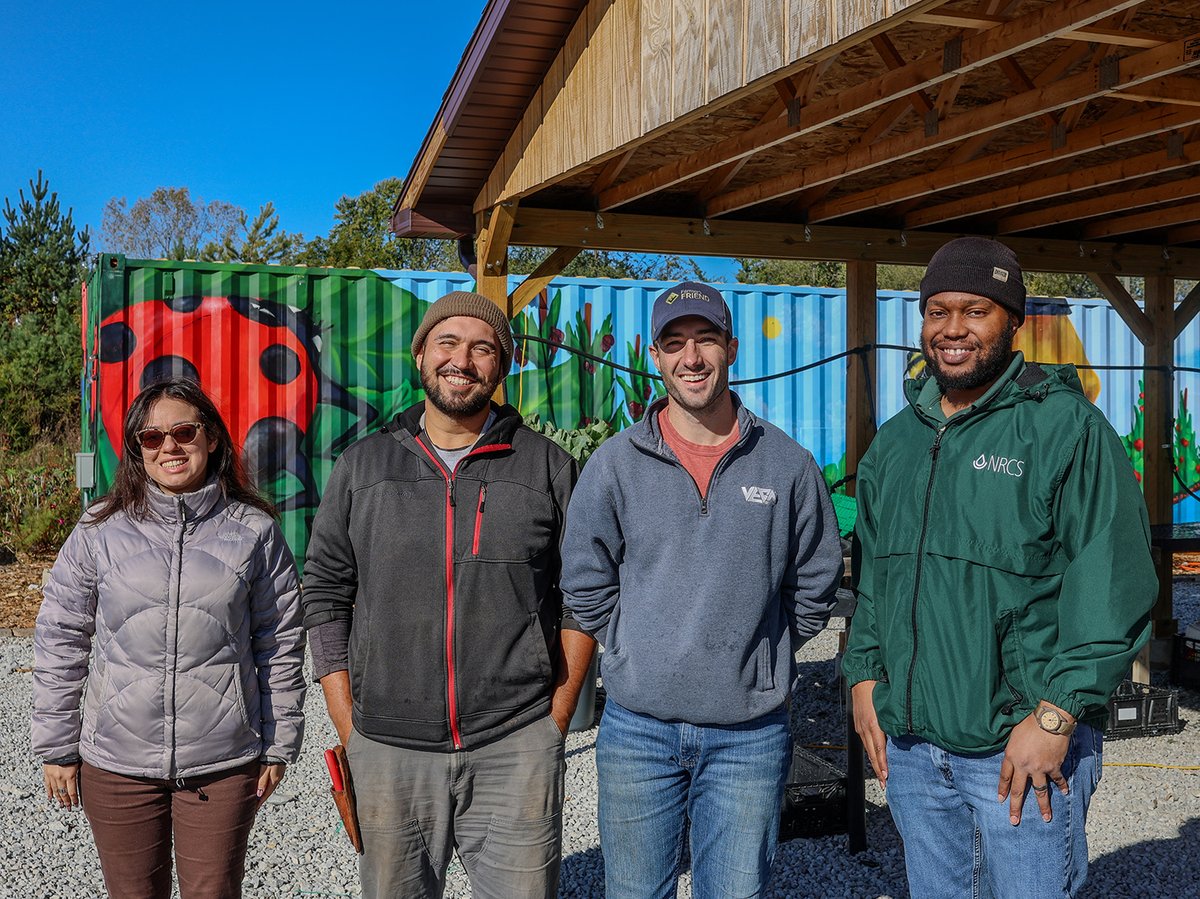

Sorry y’all, our bad! Back in the day, some encouraged using kudzu as a bank protector from soil erosion, particularly in the South. Here's Hugh Hammond Bennett inspecting plants at the Alabama Experiment Station in 1939. Turns out, kudzu works so well, it takes over EVERYTHING.

Thomas' military experience and persistence served him well in growing his farm of watermelons, soybeans, native plants and more from 10 to 275 acres. With us, he's added conservation practices that improve food safety, irrigation efficiency, and more: nrcs.usda.gov/state-offices/….

Implementing conservation practice like no-till is good for your soil and your bottom line. Less tillage means less passes in the field, saving your diesel costs and giving you more free time. Estimate how much you could save with our free tool: ecat.sc.egov.usda.gov
